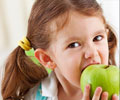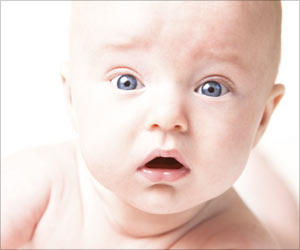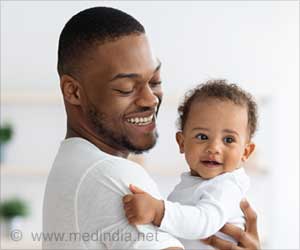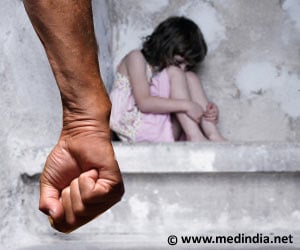Children who are better at representational understanding are able to complete picture jigsaw puzzles faster and more efficiently. Efficiency in solving puzzles increases between the ages of three and five years.
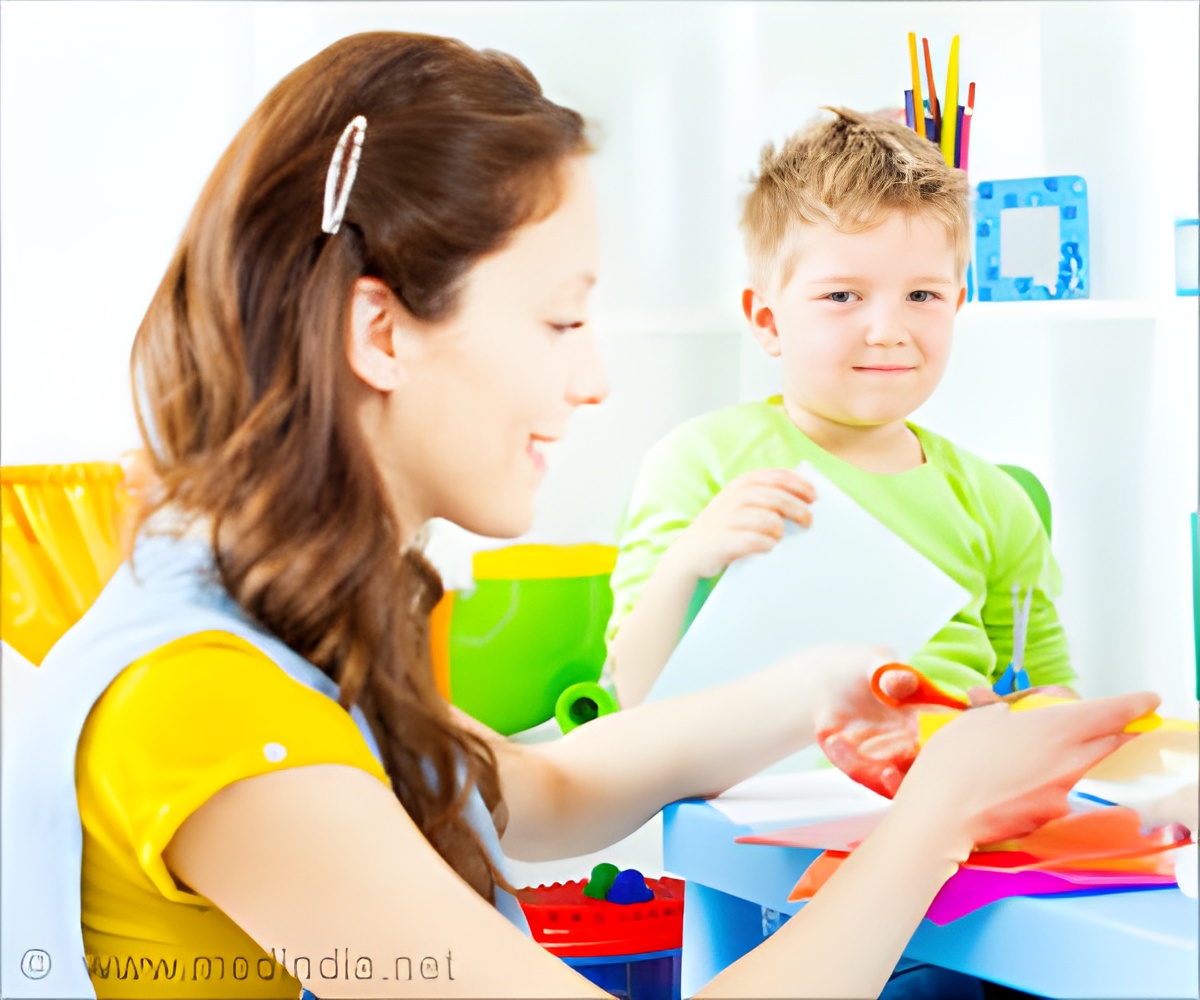
‘Three year old children use trial and error method to solve puzzles, but four year old’s use the information in the picture to complete puzzles. Children gain a fundamental understanding of the nature of picture based on the age and stage of development.’





But little has been known about how children learn to do jigsaw puzzles.Now, new research led by the University of East Anglia (UEA) has put jigsaw puzzles to the test - and found that children only learn to do them once they have reached a certain stage of development.
The study, published today in the journal Child Development, reveals that three-year-old’s use trial and error, but four-year old’s are able to use information in the picture to complete the puzzles. The research team say this understanding is the foundation of drawing and painting.
Lead researcher Dr Martin Doherty, from UEA's School of Psychology, said, "We looked at children's ability to do jigsaw puzzles. Surprisingly, there's virtually no research on this, despite the common assumption these are good educational toys.”
"We were interested in children's understanding of pictures as representations. Jigsaws require assembly of a picture, so if children understand how pictures work then they should be better at jigsaw puzzles."
Advertisement
Some of the children worked on traditional jigsaw puzzles with a picture, jigsaws with no picture, and picture-based puzzles made up of equal-sized rectangular pieces. Half of this group were given a picture guide showing what the completed image should look like.
Advertisement
Another group of children were given a jigsaw puzzle with a piece missing, and different options to fill the gap.
The children were also tested on their level of representational understanding, including how well they understood other people's beliefs. The researchers argue that understanding the relationship between a belief and the part of the world it is about develops alongside understanding the relationship between a picture and what it is about.
Dr Doherty said: "This is the first investigation of how children do jigsaw puzzles, and we were particularly interested in how they use their understanding of pictures to complete them.”
"We found that children who passed tests for representational understanding were able to complete picture jigsaws faster and more efficiently. In general, efficiency increased between the ages of three and five years.
"The really unique thing about this study is that we are showing the age and stage of development at which children gain a fundamental understanding of the nature of pictures. We think this lays a vital foundation for learning to draw and paint," he added.
Source-Eurekalert



